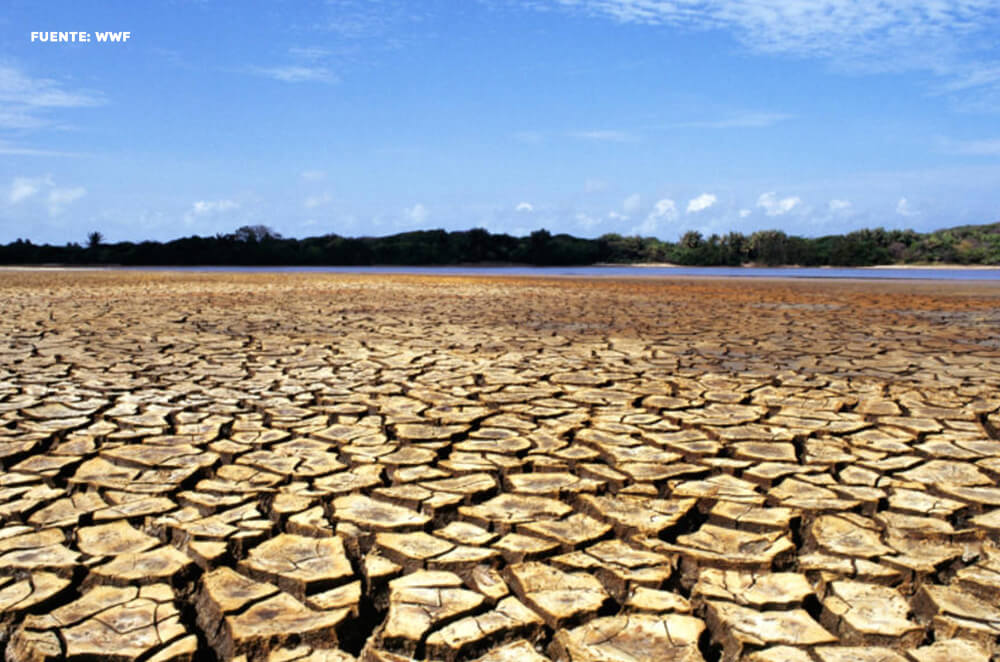Latin America is rightfully known for its lush forests, mighty rivers, and vast biodiversity. However, all this abundance is increasingly threatened by the devastating effects of climate change.
In the last two decades, the region has experienced 74 droughts, according to the World Bank. Extreme weather events, worsened by climate change, are putting Latin America's water supply—and its development—at risk.
Climate Change and Water: A Growing Threat
Water has played a fundamental role in shaping Latin America's economy and social progress. The region holds nearly a third of the world's freshwater resources, making it the largest net food exporter and the greenest in terms of hydropower electricity production. Access to safe drinking water has also improved health and living conditions for millions.
But climate change is threatening this water driven progress. In 2023, El Niño and long-term climate shifts triggered a series of disasters, including droughts, heatwaves, wildfires, floods, and hurricanes.
In Peru, cyclone Yaku caused landslides and heavy rainfall, leaving communities struggling to rebuild. Mexico is still recovering from hurricane Otis, which caused dozens of fatalities and several billions of dollars in damage. Meanwhile, intense drought reduced the Negro River, at Manaus in Brazil’s Amazon to its lowest level in more than 120?years.
In 2024, extreme weather events like these continued to hit the region, and it’s expected that climate disasters will become more frequent in the coming years.
The Impact on Development
Without reliable access to water, Latin America's progress is at stake. The effects of water shortages and extreme weather events include:
Threats to Food Security: Droughts dry up farmland, reducing crop yields and threatening the millions of people who depend on agriculture for food and income.
Health Crises: Rising temperatures and stagnant water create ideal conditions for diseases like malaria and dengue to spread.
Energy Disruptions: Latin America depends heavily on hydropower; however, lower water levels reduce electricity production, affecting homes and businesses.
Widening Inequality: Access to clean water remains unequal, with rural, indigenous, and poor urban communities suffering the most from water shortages and pollution.
A Call for Action
At the World Economic Forum’s Annual Meeting in Davos, which took place in late January 2025, Latin American heads of state, government officials and experts debated the region's fortunes and discussed possible responses to the threat of a changing climate. Peru, for example, explained they are focussing on food security, foreseeing a shortage of water that will threaten food production in the near future. Other measures discussed include investing in better water management and improving infrastructure to prevent floods and drought-related damage.
The meeting made it abundantly clear that water is essential for Latin America's economic and social future, and that without urgent action, the region's development—and the well-being of millions—remain at risk.

